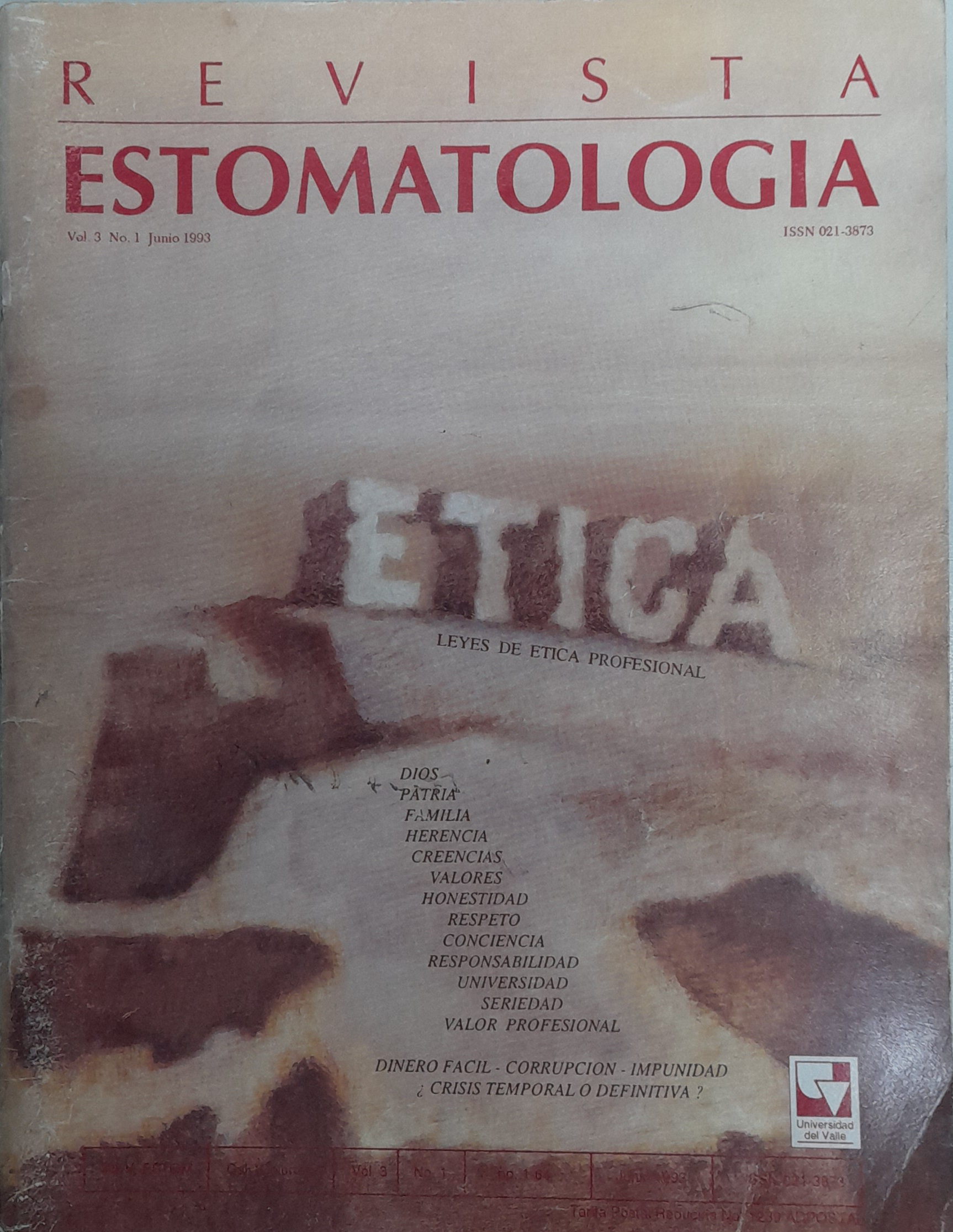La amalgama dental: el material, interacciones con el ambiente oral y contribución a la carga corporal de mercurio
Main Article Content
Amalgam is the most commonly used dental restorative material butit is polemic owing the possible hazard of mercury release from amalgam issues.
The purpose of this paper is to describe different studies of dental amalgam on the following topics.
1. The materials: physicalchemistry aspects.
2. Interactions between dental amalgams and the oral environment.
3. Mercury contribution to body burden from dental amalgama.
Dental amalgam fillings interact in a complex way with the environment in the oral cavity as they are subjected to chemical, biological, mechanical and thermal forces. These forces can change the restoration appearance and its properties, as metal ions, amalgam debris, non metallic corrosion products and mercury vapor are released into the oral cavity. The average total amount of metal species, including mercury released per day in vivo from a restoration has not been determined. A more detailed investigation is need and will require the development of more sophisticated techniques of sampling in vivo, as well as both experimental and theoretical modeling in vitro.
Downloads

This work is licensed under a Creative Commons Attribution-NonCommercial-NoDerivatives 4.0 International License.
Los autores/as conservan los derechos de autor y ceden a la revista el derecho de la primera publicación, con el trabajo registrado con la licencia de atribución de Creative Commons, que permite a terceros utilizar lo publicado siempre que mencionen la autoría del trabajo y a la primera publicación en esta revista.





